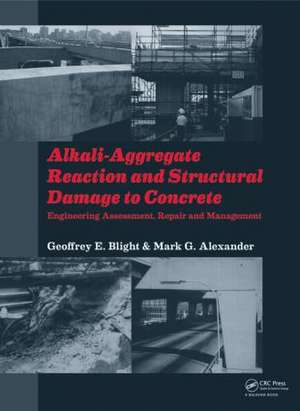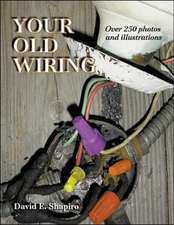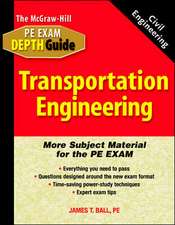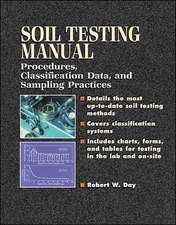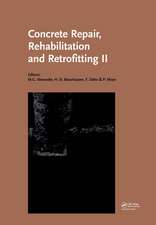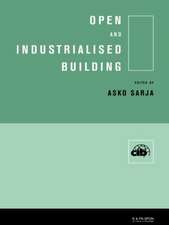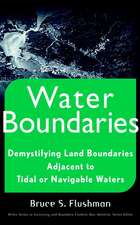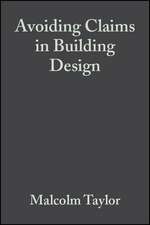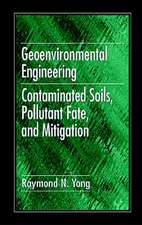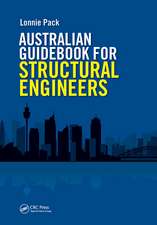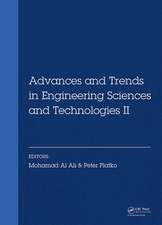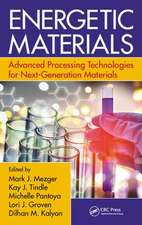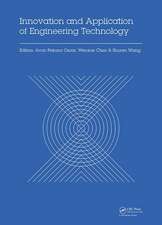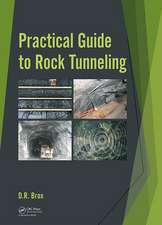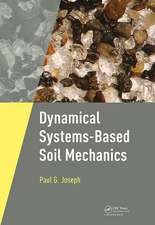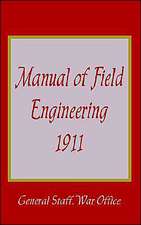Alkali-Aggregate Reaction and Structural Damage to Concrete: Engineering Assessment, Repair and Management
Autor Geoffrey E. Blight, Mark G. Alexanderen Limba Engleză Hardback – 18 ian 2011
The book discusses methods that can be used for laboratory destructive and in situ non-destructive testing to assess the effects of AAR, and in-service measurements and load-testing to assess the present and future safety of reinforced concrete structures. Methods of repair and rehabilitation and their long-term success are discussed, as are methods of halting or slowing the progress of AAR. At the same time, the fundamentals of AAR are explained in terms intelligible to the civil and structural engineer who is primarily trained in structural mechanics and design, but also needs to have a basic understanding of the AAR process and its effects on concrete.
| Toate formatele și edițiile | Preț | Express |
|---|---|---|
| Paperback (1) | 428.16 lei 6-8 săpt. | |
| CRC Press – 14 aug 2018 | 428.16 lei 6-8 săpt. | |
| Hardback (1) | 1101.06 lei 6-8 săpt. | |
| CRC Press – 18 ian 2011 | 1101.06 lei 6-8 săpt. |
Preț: 1101.06 lei
Preț vechi: 1556.64 lei
-29% Nou
Puncte Express: 1652
Preț estimativ în valută:
210.71€ • 228.80$ • 176.100£
210.71€ • 228.80$ • 176.100£
Carte tipărită la comandă
Livrare economică 22 aprilie-06 mai
Preluare comenzi: 021 569.72.76
Specificații
ISBN-13: 9780415613538
ISBN-10: 0415613531
Pagini: 250
Dimensiuni: 174 x 246 x 23 mm
Greutate: 0.61 kg
Ediția:1
Editura: CRC Press
Colecția CRC Press
ISBN-10: 0415613531
Pagini: 250
Dimensiuni: 174 x 246 x 23 mm
Greutate: 0.61 kg
Ediția:1
Editura: CRC Press
Colecția CRC Press
Public țintă
Professional and Professional Practice & DevelopmentCuprins
Author biographies
Acknowledgements
List of symbols and dimensions
1: Alkali-Aggregate Reaction (AAR) and its Effects on Concrete – an Overview
2: Diagnostic Investigations and Tests and their Interpretation
3: Effects of AAR on Engineering Properties of Concrete – Results of Laboratory Determinations
4: Assessment of Risk of Structural Failure Based on Results of Laboratory or Field Tests
5: Repair and Rehabilitation of AAR-affected Structures
6: Epilogue – A Check-list of Important Structural Consequences of AAR
Acknowledgements
List of symbols and dimensions
1: Alkali-Aggregate Reaction (AAR) and its Effects on Concrete – an Overview
2: Diagnostic Investigations and Tests and their Interpretation
3: Effects of AAR on Engineering Properties of Concrete – Results of Laboratory Determinations
4: Assessment of Risk of Structural Failure Based on Results of Laboratory or Field Tests
5: Repair and Rehabilitation of AAR-affected Structures
6: Epilogue – A Check-list of Important Structural Consequences of AAR
Notă biografică
Geoffrey Blight completed his Bachelor’s and Master’s degrees in Civil Engineering at the University of the Witwatersrand, Johannesburg, and his PhD in Geotechnical Engineering at the Imperial College of Science and Technology, London, in 1961. The early years of his career were spent at the South African National Building Research Institute, Pretoria, where he was engaged in research on design, operation and safety of mine waste storage facilities, including waste rock dumps and hydraulic fill tailings storage facilities. In 1969 Geoff Blight was appointed to the Chair of Construction Materials in the Department of Civil Engineering at Witwatersrand University. The field of study encompassed geotechnical engineering and concrete technology. In 1978 he was commissioned to study and diagnose the cause of cracking occurring in a series of 15- to 17-year-old reinforced concrete structures supporting the Johannesburg motorway system, and diagnosed the cause as AAR. Since then, he has researched and investigated several cases of deterioration by AAR, and has published widely on the subject. He and his co-author, Mark Alexander, spent a number of years in joint research on AAR and other aspects of the durability of concrete. He was a corresponding member of the committee that produced the British Institution of Structural Engineers’ guides on the structural effects of AAR published in 1989 and 1992 and, since 2002, has been a corresponding member of the RILEM* Technical Committees TC 106 and TC 191 – ARP which have been investigating various aspects of AAR.
Mark Alexander completed his Bachelor’s, Master’s and PhD degrees in Civil Engineering at the University of the Witwatersrand, Johannesburg and lectured in Construction Materials at Witwatersrand University for several years. In 1992 he was appointed to the Chair of Civil Engineering at the University of Cape Town where he has further developed his interests in concrete durability, including repair and rehabilitation of deteriorated concrete structures. He has published extensively and is active in international scientific circles. He co-authored the book, Aggregates in Concrete published by Taylor and Francis in 2005. He is currently Vice President of RILEM* and is scheduled to assume the RILEM Presidency in 2012.
* Reunion Internationale des Laboratoires et Experts des Materiaux.
Mark Alexander completed his Bachelor’s, Master’s and PhD degrees in Civil Engineering at the University of the Witwatersrand, Johannesburg and lectured in Construction Materials at Witwatersrand University for several years. In 1992 he was appointed to the Chair of Civil Engineering at the University of Cape Town where he has further developed his interests in concrete durability, including repair and rehabilitation of deteriorated concrete structures. He has published extensively and is active in international scientific circles. He co-authored the book, Aggregates in Concrete published by Taylor and Francis in 2005. He is currently Vice President of RILEM* and is scheduled to assume the RILEM Presidency in 2012.
* Reunion Internationale des Laboratoires et Experts des Materiaux.
Descriere
The book discusses methods that can be used for in situ non-destructive testing to assess the effects of AAR, and in-service measurements and load-testing to assess the present and future safety of reinforced concrete structures. Methods of repair and rehabilitation and their long-term success are also treated, as well as methods of halting or slowing the progress of AAR. At the same time, the fundamentals of AAR are explained in terms intelligible to the civil and structural engineer who is primarily trained in structural mechanics and design, but who also needs a basic understanding of the AAR process and its effects on concrete.
